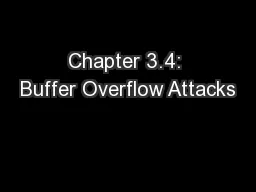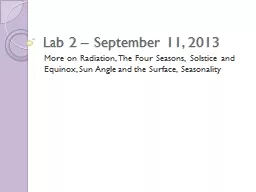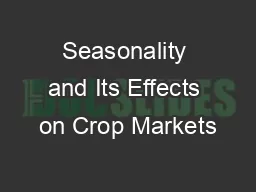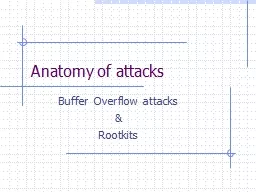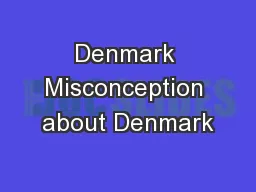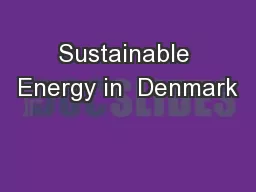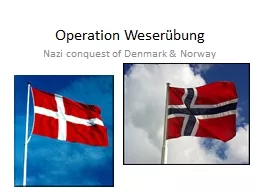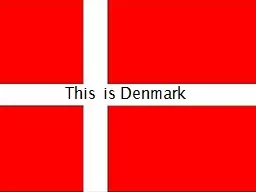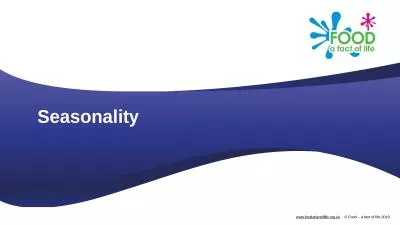PPT-Investigating the hydrographic seasonality of Denmark Strait Overflow Water
Author : tawny-fly | Published Date : 2020-04-06
Jacob Opher Alex Brearley Stephen Dye Ian Renfrew Robert Pickart Michael Meredith Outline Background Angmagssalik mooring data Characterising DSOW seasonality Origin
Presentation Embed Code
Download Presentation
Download Presentation The PPT/PDF document " Investigating the hydrographic seasonal..." is the property of its rightful owner. Permission is granted to download and print the materials on this website for personal, non-commercial use only, and to display it on your personal computer provided you do not modify the materials and that you retain all copyright notices contained in the materials. By downloading content from our website, you accept the terms of this agreement.
Investigating the hydrographic seasonality of Denmark Strait Overflow Water: Transcript
Download Rules Of Document
" Investigating the hydrographic seasonality of Denmark Strait Overflow Water"The content belongs to its owner. You may download and print it for personal use, without modification, and keep all copyright notices. By downloading, you agree to these terms.
Related Documents




